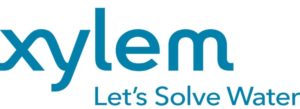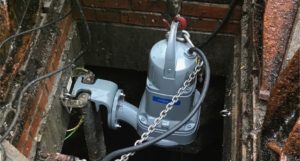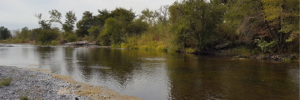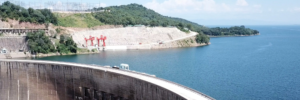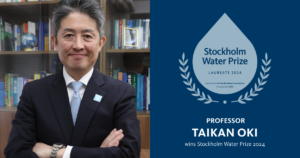Xylem’s New Lamella Clarifier Cuts Treatment Clarification Costs
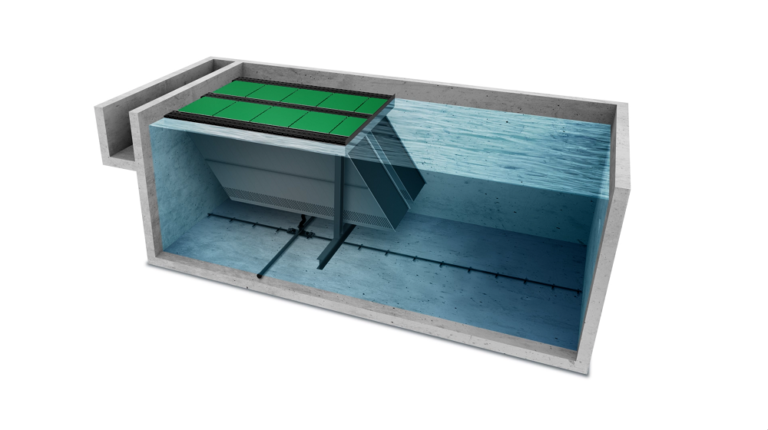
Flow capacity increases up to 100% with Leopold Texler lamella clarifier (Image source: Xylem, Inc.)
Current lamella plate clarifiers are made from heavy stainless steel plates which require extensive support structures and significant capital investment. When exposed to sun, steel reflects ultra-violet (UV) rays and promotes algae growth in the clarifier, reducing the clarification performance and requiring regular, manual cleaning. The Leopold Texler system uses hydrophobic geotextile, a woven HDPE which naturally repels water and reduces the need for cleaning. The flexible design allows for cost-effective retrofitting by using existing rectangular basins, which significantly reduces the overall construction costs while increasing the flow capacity by up to 100% (compared to rectangular clarification systems). Carbon dioxide (CO2) footprint for raw material production is reduced by approximately 80% due to a change in material from virgin stainless steel to virgin HDPE, along with reduced material weight.
Texler comes with a UV cover to prevent algae growth and protect against debris entering the clarifier. Unlike steel plates, HDPE is also 100% corrosion free. This extends the lifetime of the product and significantly reduces service and maintenance requirements. An innovative trough cover design provides a catwalk for operators to access the system for servicing, eliminating exposure to slippery walking surfaces.
Salvador Dominguez, Global Product Manager at Xylem said, “Utilities are under pressure to meet growing demand for clean water. This challenge is paired with aging infrastructure and tightening resources. The Leopold Texler lamella clarifier will help solve these challenges, reducing the overall construction costs, minimizing maintenance and providing a flexible and sustainable solution that can be easily retrofitted into existing basins, helping utilities to cost-effectively increase treatment capacity and improve service for their communities.”
Xylem’s Leopold Texler employs a proven lamella clarifier design feature whereby lamella sheets are installed at an inclined 55° angle to significantly expand the clarification surface area. Solids settle on the lamella sheets as water flows through trough covers featuring an integrated v-notch weir, resulting in even distribution of flow throughout the clarifier. As a result, water treatment capacity of existing rectangular clarification systems can be increased by up to 100%, with over 80% reduction in solids and turbidity values starting as low as 1 NTU. The Texler solution’s modular design allows for easy maintenance as each lamella sheet can be easily removed independently.
Source: Xylem Inc.

